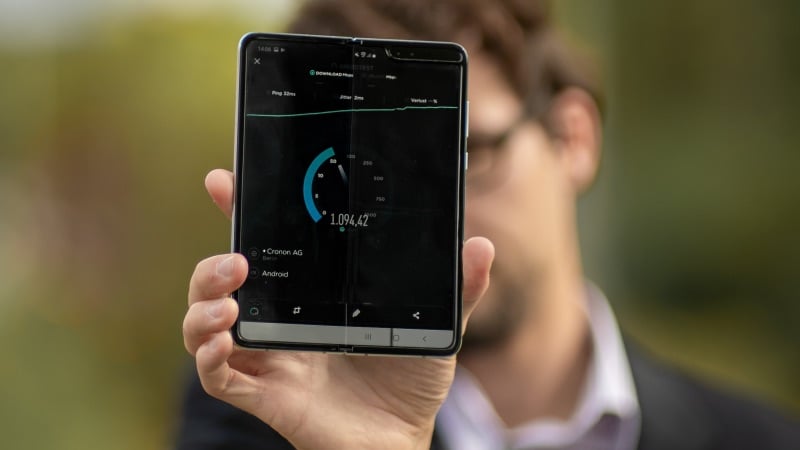Dual Mode 5G vs Dual SIM 5G Now that you look closely at the two phrases, you can probably make out the difference between Dual SIM 5G and Dual Mode 5G. So, with the former, the users can pretty much understand that Dual SIM 5G refers to the usage of two 5G SIMs simultaneously at the same time. It can be used for a device which would support 5G network on both the slots. However, things get a little more technical when we come to the point of Dual Mode 5G, unlike Dual SIM 5G, the Dual-Mode 5G refers to the support of two primary types of 5G networks NSA (Non-Standalone Access) and SA (Standalone Access). The reason why the Dual Mode 5G phrase is being thrown around in the industry so much is because the current set of 5G phones with Snapdragon X50 Modem (Galaxy Note 10+, LG V50 Thinq 5G, etc.) have 5G NSA support only. Hence, in such a situation having full band support would actually be an advantage. Also, it is worth noting that 5G NR is the new, globally accepted 5G standard. As mentioned above, Dual Mode in 5G NR refers to the support for two popular 5G NR deployment models – NSA and SA. Now the question comes up, what exactly is NSA and SA. Non-Standalone Access 5G The NSA 5G network means that the telecom operators won’t have to build 5G infrastructure from scratch and market it separately, but they can instead make changes to the existing 4G LTE infrastructure to deploy 5G technology to get higher speeds. However, the drawback with this technology is that there is a very minimal improvement in latency. This is, however, slated to be the biggest 5G driver all over the world and with DSS or Dynamic Spectrum Sharing, the telcos will be able to use the legacy 4G band to push both 5G and 4G LTE according to the user demand. Standalone Access 5G Network As opposed to this, the standalone 5G network would require the telcos to build the network from the ground up, but this network would also ensure low latency as well. The application of this kind of network will include robotic surgeries, self-driving cars, etc. What Network Will We Get in India? In India, the people will first get to see 5G NSA technology only wherein the telecom operators like Bharti Airtel, Reliance Jio and Vodafone Idea will use the 4G LTE spectrum to improve broadband capacity. These networks will not meet the requirement for low latency applications but will still provide high speed. As such, 4G is still expected to be the dominant technology in India for many years, especially with the 5G spectrum auction still in the talks. Some of the Dual Mode 5G phones which are said to be in the making include Realme X50, Vivo X30, Xiaomi Redmi K30 and more.
